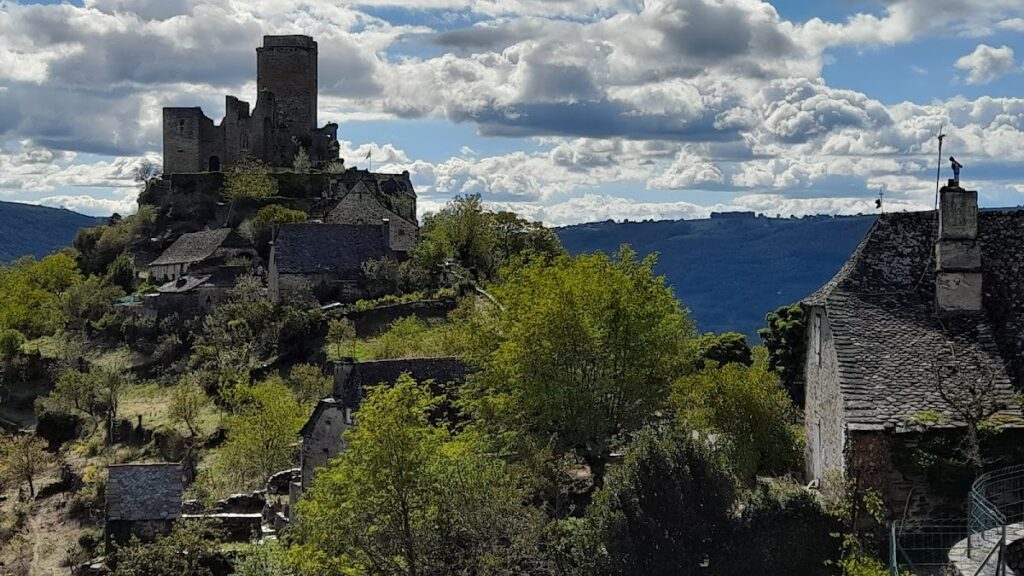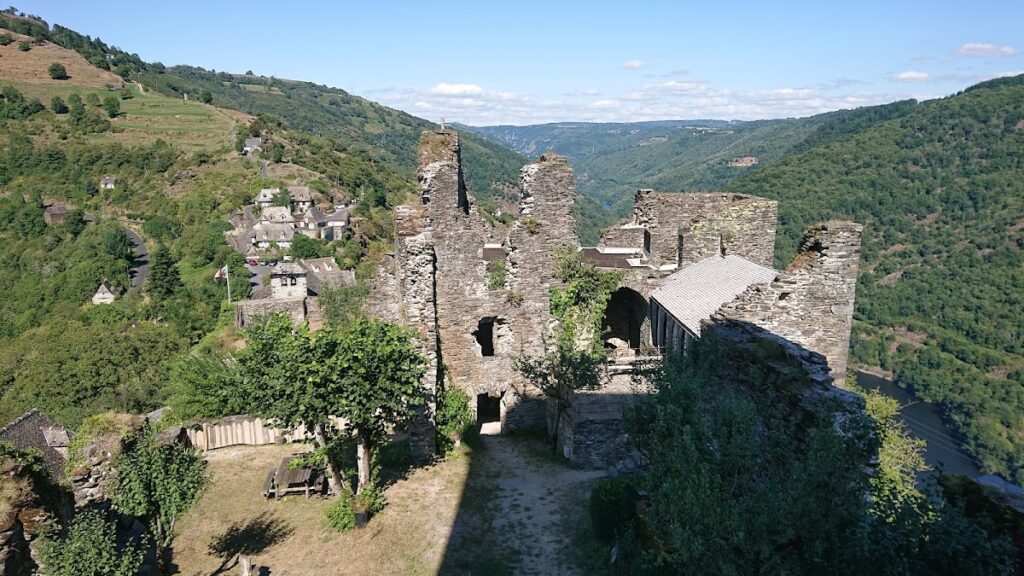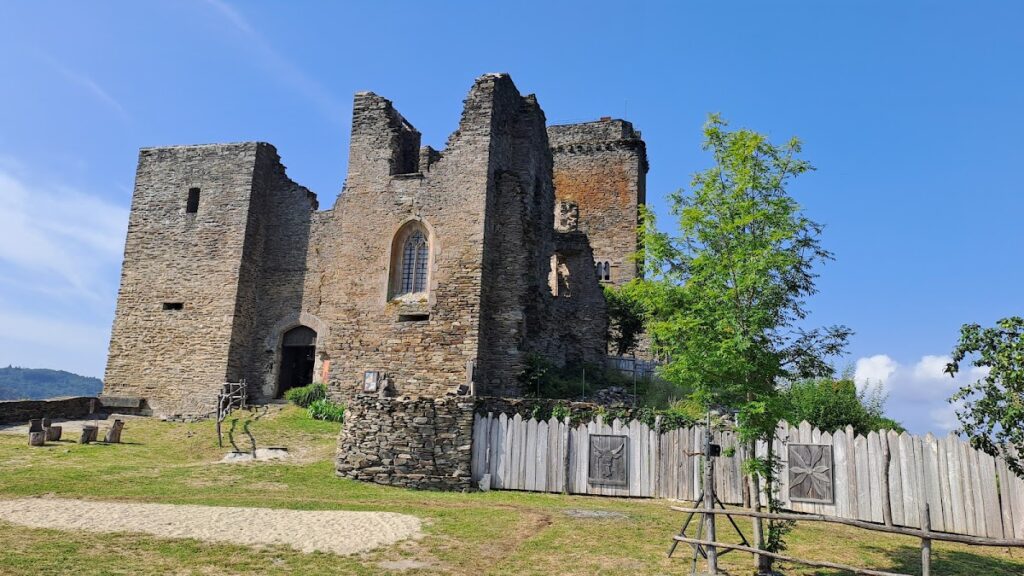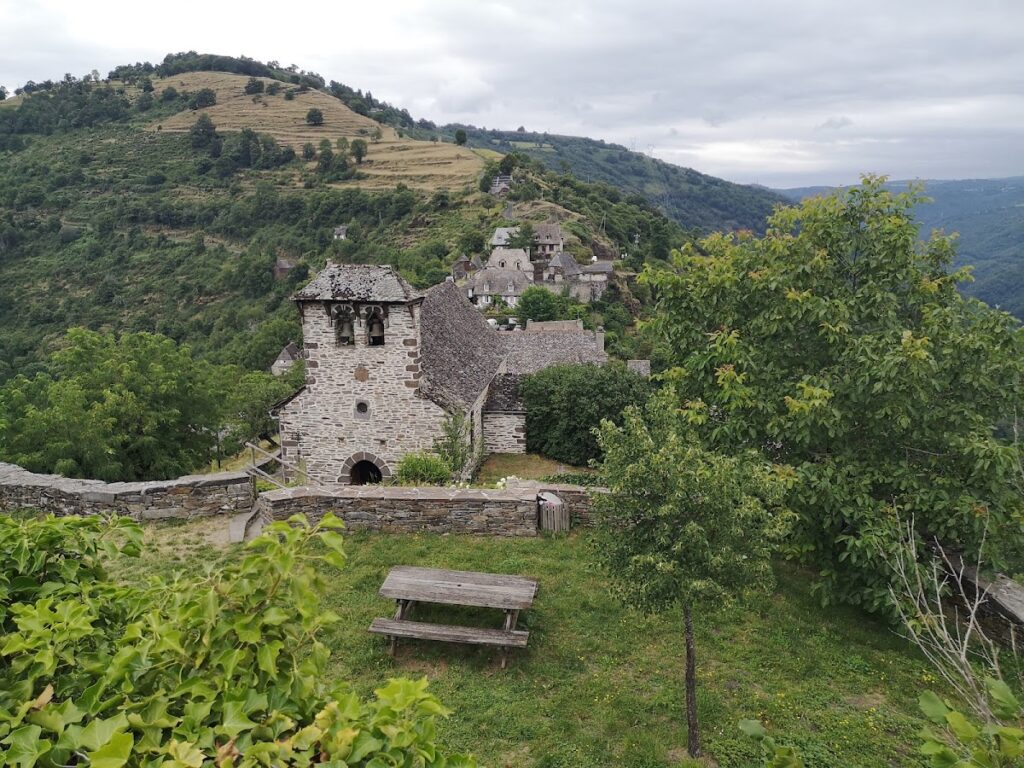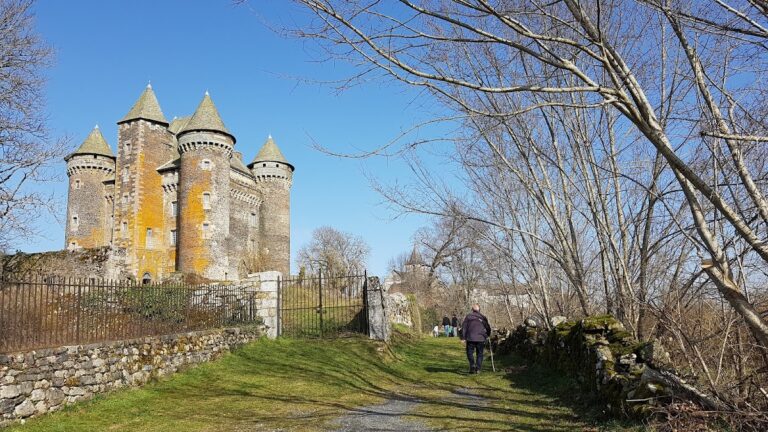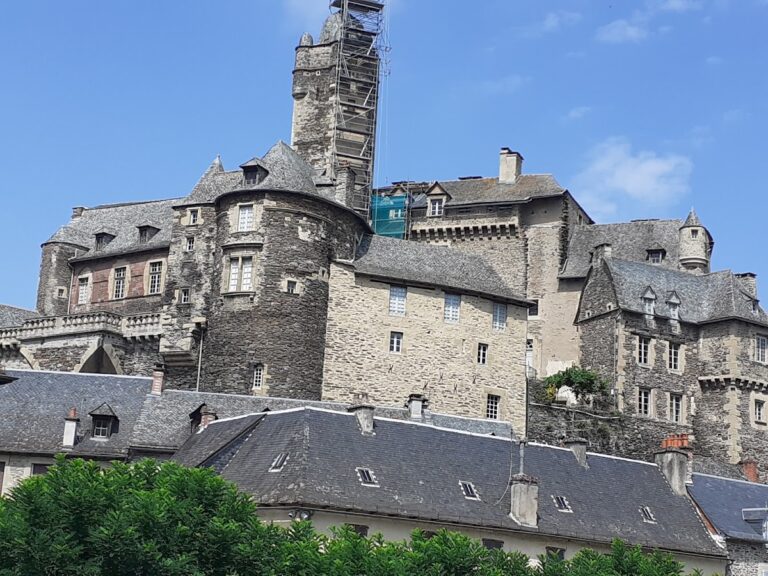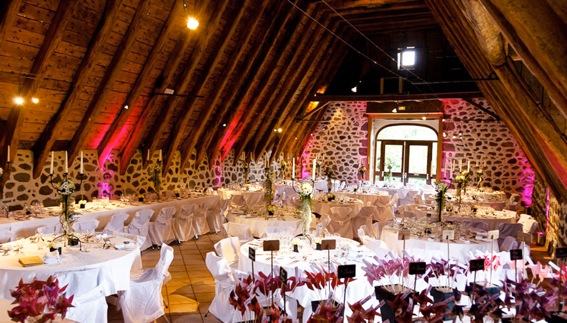Château de Valon: A Medieval Fortress in Lacroix-Barrez, France
Visitor Information
Google Rating: 4.6
Popularity: Low
Google Maps: View on Google Maps
Official Website: www.chateaudevalon.com
Country: France
Civilization: Unclassified
Remains: Military
History
The Château de Valon stands in the village of Lacroix-Barrez, France, a fortress originally constructed in the 11th century by medieval builders. Its strategic position on a promontory overlooks the Truyère valley, marking it as a defensive site from its earliest days.
During the tumultuous period of the Hundred Years’ War, this stronghold became a base for military and raiding activity. In 1378, Aymerigot Marchès, a bandit leader allied with English forces, captured the castle. From this vantage point, he launched raids across the surrounding region until his capture in 1387, after which he was executed. Following these events, ownership of the castle reverted to Jean III d’Armagnac, the vicomte of Carlat.
Over the subsequent centuries, Château de Valon remained in the hands of various noble families, evidencing its function as both a feudal fortification and residence. Among the families who controlled the castle were the Valon, Peyre, Rolland, Chaumeil de Dienne, Fontanges, Verdier de Mandilhac, and Bancarel d’Hyars lineages, each contributing to its legacy through the medieval and early modern ages.
After the upheaval of the French Revolution, the fortress was deserted and gradually deteriorated. By around 1845, roofs had collapsed, and local residents removed many architectural elements from the site, accelerating its decline into ruin. In the 19th century, architect and archaeologist Jean-Louis Fougerousse took an interest in the castle and initiated restoration works. His efforts included repairing damage caused by lightning strikes and reinforcing the central tower, the donjon, with a concrete platform to stabilize the structure.
Recognized for its historical value, the castle was officially listed as a historic monument in 1925. More recently, ownership passed to the local community, which has overseen further restoration, enhancing public access and carrying out careful refurbishments into the 21st century.
Remains
The Château de Valon is primarily built from rough rubble masonry using schist, a type of rock found locally, which gives the walls a sturdy but irregular appearance. The most intact section is the donjon, or main tower, which stands within the innermost courtyard, protected by a solid rear wall enclosing it fully. This arrangement reflects the castle’s defensive design, with residential buildings forming an enclosed outer courtyard that surrounds a central courtyard space.
Access to the donjon was deliberately complex, requiring visitors to bypass it and enter through a second door that connected a corridor with an adjoining passage. The tower features machicolations—openings between the supporting corbels of the battlements—through which defenders could drop objects or pour substances onto attackers below. At the donjon’s summits are watch turrets known as échauguettes positioned at each corner, offering observation points over the surrounding landscape.
Inside the donjon, four rooms are stacked vertically and linked by a narrow spiral staircase, which remains notably well preserved. This internal configuration exemplifies medieval castle construction, combining defensive needs with habitable space.
Restoration work carried out in the early 2000s focused on reopening original windows that had been blocked up, refurbishing the castle’s esplanade (an open, flat area typically used for mustering or ceremonies), and restoring the left interior courtyard. These efforts also created a second pedestrian entrance to improve movement around the site. Plans for future restoration include completing a walkway encircling the castle’s outer walls, restoring the interior of the on-site chapel, and repairing as well as extending the stone-paved path leading up to the gatehouse, all aimed at preserving and revealing the fortress’s historical fabric.
